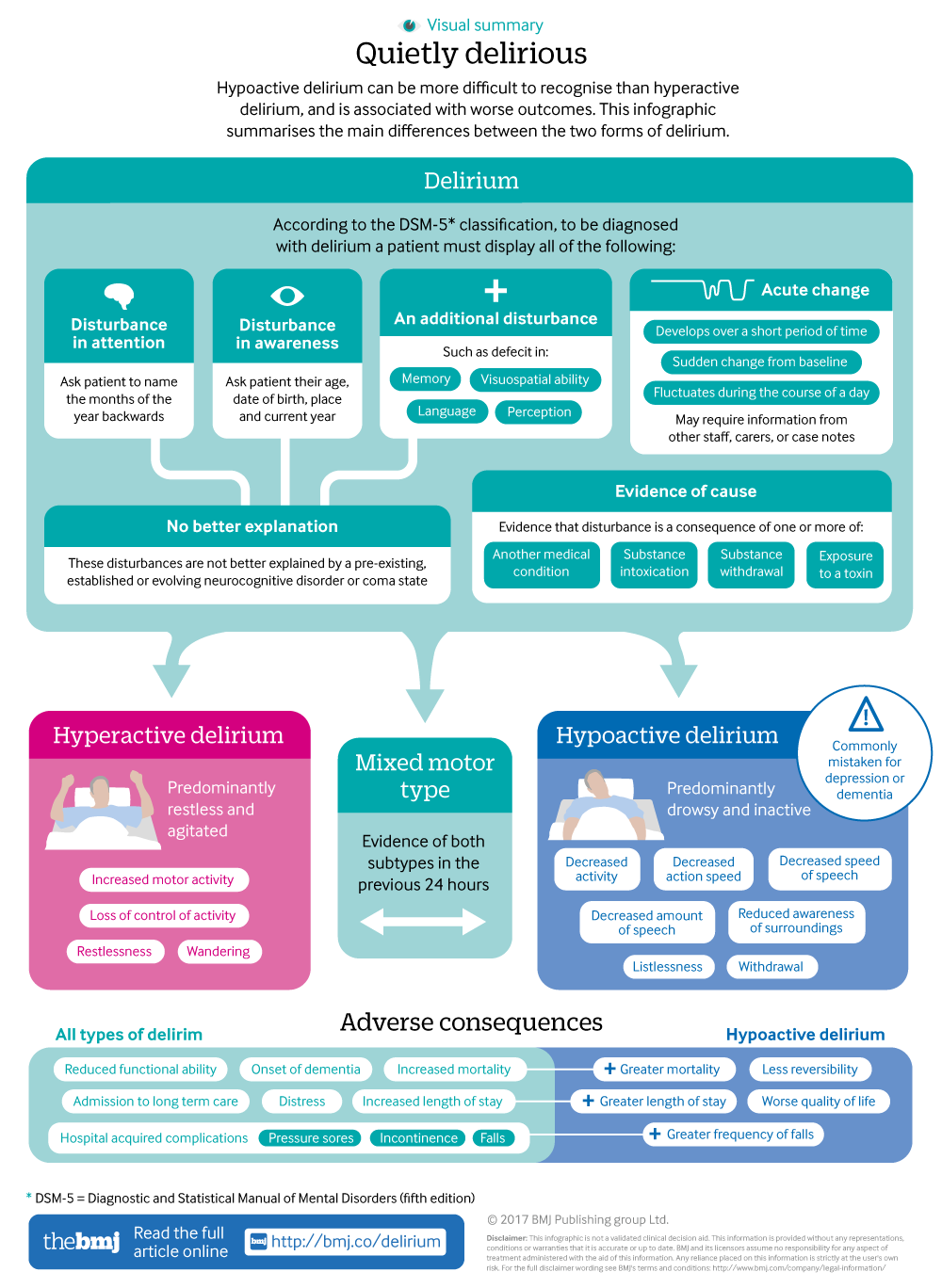Benefits Of Music Therapy
Benefits Of Music Therapy
Blog Article
Exactly How Do Mood Stabilizers Job?
State of mind stabilizers help to relax locations of the mind that are impacted by bipolar illness. These medicines are most effective when they are taken frequently.
It might take a while to discover the best drug that functions best for you and your medical professional will certainly check your condition throughout therapy. This will certainly include regular blood examinations and potentially a change in your prescription.
Neurotransmitter law
Natural chemicals are a group of chemicals that manage one another in healthy and balanced people. When levels come to be unbalanced, this can lead to state of mind conditions like depression, stress and anxiety and mania. Mood stabilizers aid to avoid these episodes by aiding control the balance of these chemicals in the mind. They additionally may be used alongside antidepressants to improve their performance.
Drugs that work as mood stabilizers consist of lithium, anticonvulsants and antipsychotics. Lithium is probably the most well known of these medicines and jobs by influencing the circulation of salt through nerve and muscle mass cells. It is usually utilized to deal with bipolar illness, but it can also be valuable in dealing with various other state of mind problems. Anticonvulsants such as valproate, lamotrigine and carbamazepine are also effective mood supporting medicines.
It can take a while to locate the appropriate type of medication and dosage for each person. It is very important to collaborate with your medical professional and take part in an open dialogue about exactly how the drug is working for you. This can be particularly handy if you're experiencing any type of negative effects.
Ion network inflection
Ion channels are a significant target of mood stabilizers and numerous other medications. It is now well developed that they are vibrant entities that can be regulated by a range of outside stimuli. Additionally, the modulation of these channels can have a range of temporal impacts. At one extreme, modifications in gating dynamics might be rapid and instant, as in the nicotinic acetylcholine receptor/channel system. At the other end of the spectrum, covalent alteration by healthy protein phosphorylation may cause modifications in network feature that last much longer.
The field of ion network modulation is getting in a duration of maturity. Recent studies have demonstrated that transcranial concentrated ultrasound (US) can stimulate nerve cells by activating mechanosensitive potassium and sodium channels embedded within the cell membrane layer. This was demonstrated by shared networks from the two-pore domain name potassium family members in Xenopus oocytes, and focused United States dramatically regulated the present streaming through these channels at a holding voltage of -70 mV (right panel, loved one effect). The outcomes follow previous monitorings revealing that antidepressants affecting Kv networks manage glia-neuron communications to opposite depressive-like actions.
Neuroprotection
State of mind stabilizers, like lithium, valproic acid (VPA), and carbamazepine, are important in the therapy of bipolar illness, which is characterized by recurrent episodes of mania and anxiety. These drugs have neuroprotective and anti-apoptotic homes that assist to avoid cellular damage, and they also boost cellular durability and plasticity in inefficient synapses and neural circuitry.
These safety actions of mood stabilizers may be mediated by their inhibition of GSK-3, inositol talk therapy signaling, and HDAC task. In addition, lasting lithium treatment safeguards against glutamate excitotoxicity in cultured neurons-- a model for neurodegenerative disorders.
Research studies of the molecular and cellular impacts of state of mind stabilizers have actually revealed that these medicines have a wide range of intracellular targets, consisting of multiple kinases and receptors, along with epigenetic alterations. Refresher course is required to establish if state of mind stabilizers have neurotrophic/neuroprotective activities that are cell type or wiring certain, and exactly how these impacts might complement the rapid-acting therapeutic feedback of these agents. This will certainly assist to develop brand-new, much faster acting, a lot more effective therapies for psychiatric illnesses.
Intracellular signaling
Cell signaling is the procedure whereby cells communicate with their setting and various other cells. It includes a series of steps in which ligands communicate with membrane-associated receptors and cause activation of intracellular pathways that manage vital downstream cellular features.
State of mind stabilizers act on intracellular signaling through the activation of serine-threonine healthy protein kinases, leading to the phosphorylation of substrate healthy proteins. This activates signaling waterfalls, leading to adjustments in gene expression and mobile function.
Several mood stabilizers (consisting of lithium, valproate and lamotrigine) target intracellular signaling pathways by inhibiting certain phosphatases or activating certain kinases. These impacts cause a decline in the task of these paths, which brings about a reduction in the synthesis of particular chemicals that can impact the mind and cause symptoms of anxiety or mania.
Some state of mind stabilizers likewise function by enhancing the task of the inhibitory natural chemical gamma-aminobutryic acid (GABA). This enhances the GABAergic transmission in the brain and lowers neural activity, consequently producing a soothing result.